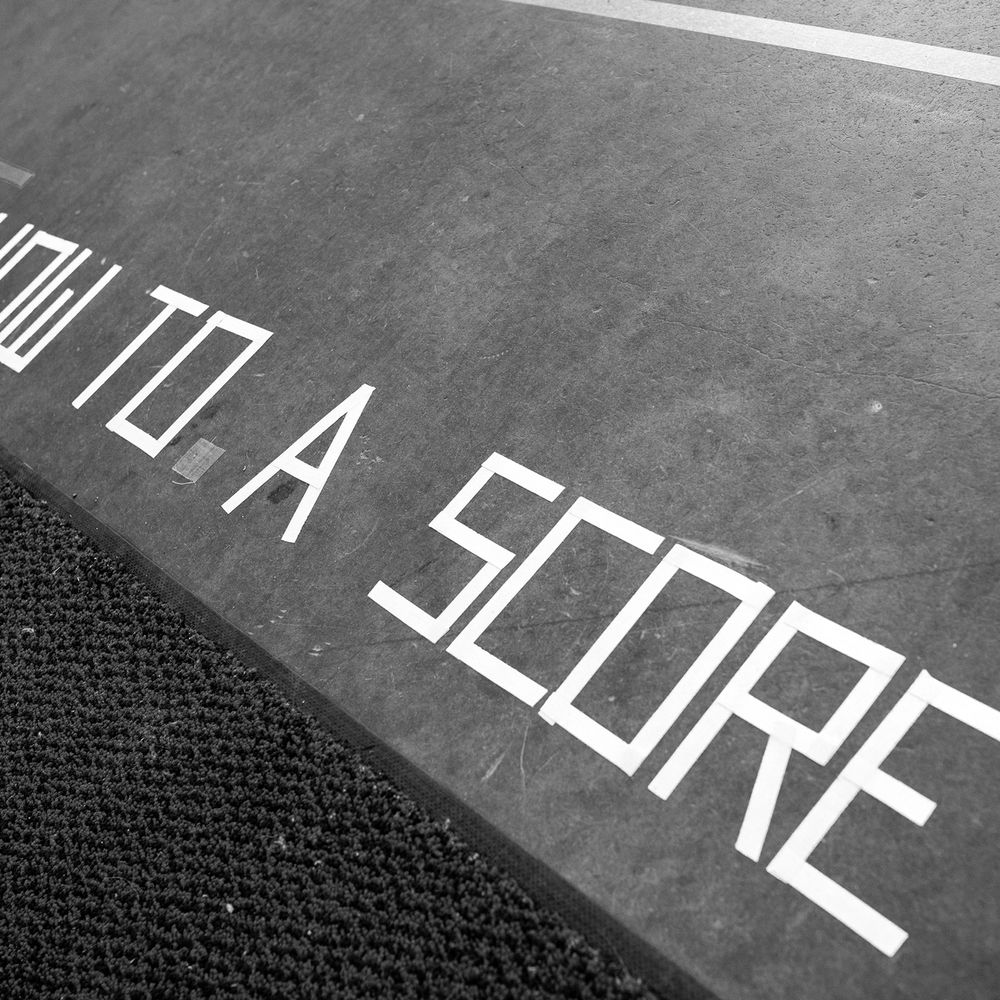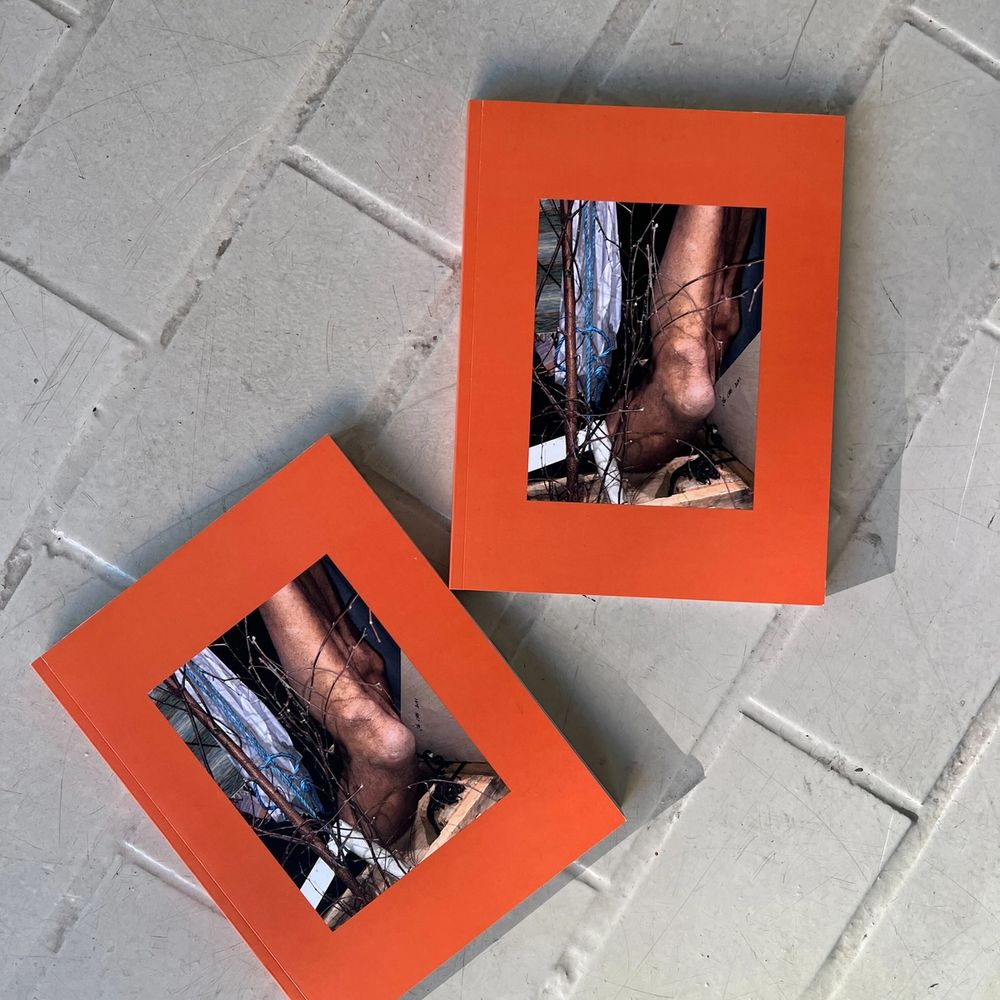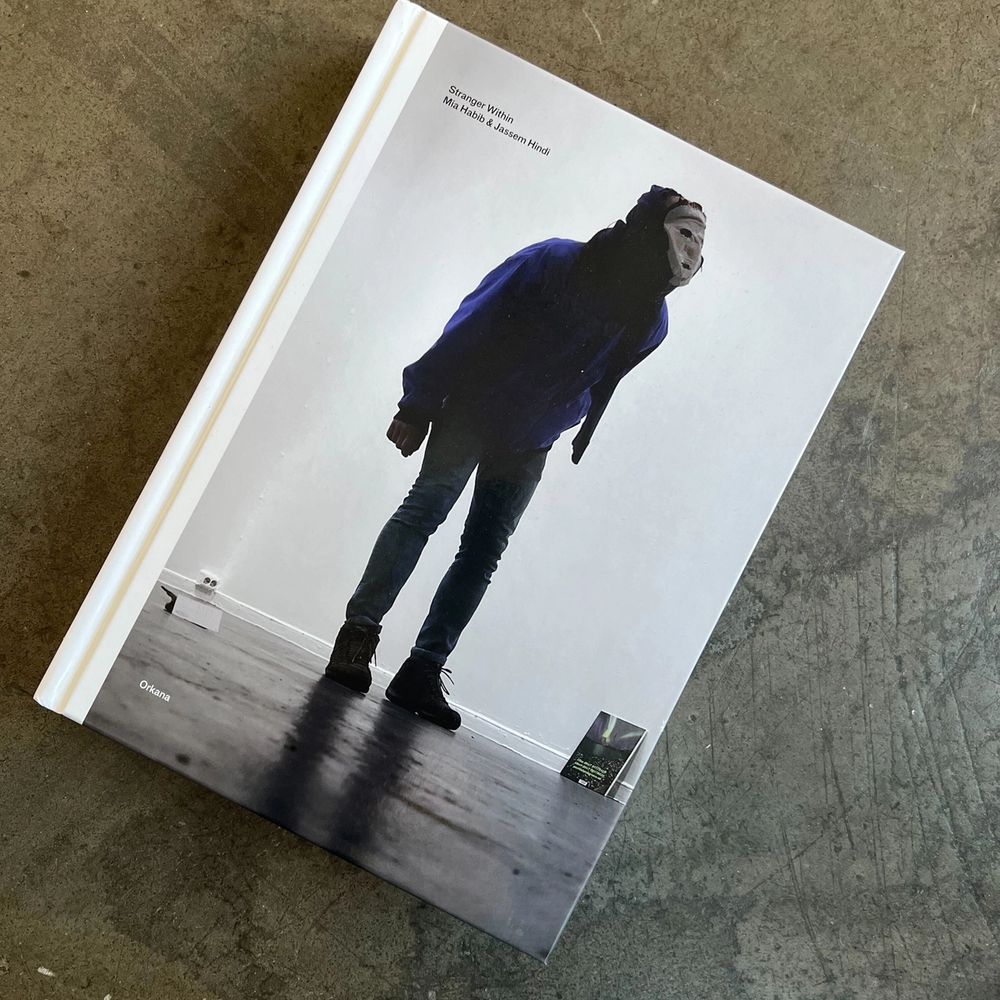how to walk, how to touch, how to fall, how to rise, how to trust,how to hope, how to dream, how to fight, how to change, how to surrender
How to. A score is a macro performance consisting of six individual solos. Mia Habib has invited five dance artists from five different countries to create their own solos, in addition to Habib´s own solo. The choreographers have worked with the local community in the countries they live in, and have since developed the solos based on both their own experiences and from a performance score that Mia Habib has created together with Janne-Camilla Lyster. In Oslo, all the choreographers and solos meet for the first time. Three of the solos are presented at the Black Box teater, the other three at Dansens Hus. Find more information about the performances at Dansens Hus here.
The artists are:
Julie Nioche (Nantes, Frankrike, Black Box teater)
Thais Di Marco (São Paulo, Brazil, Dansens Hus)
Tommy Noonan (Saxapahaw, USA, Black Box teater)
Filiz Sızanlı (Eskişehir, Turkey, Dansens Hus)
Thami Hector Manekehla (Soweto, South Africa, Dansens Hus)
Mia Habib (Oslo, Norway, Black Box teater)
"An exercise in demon" by Mia Habib
Building a shelter? A monument of the future? A memorial of the past? A rhizome? Or. Maybe something different.Becoming material, becoming construction, becoming thing, becoming other.
Through two periods in 2021 and 2022, Mia Habib has worked on the score of the How to. A score solos together with youth from the construction program at Grorud upper secondary school and other young people from the borough Gamle Oslo. The solo An exercise in demon opens up some of the questions, stories and practices that came up in these meetings.
When a building is taking shape, its constructors are in dialogue with the materials it is built in, with the tools, with the people and the space around. An exercise in demon is a choreography of continuous micro-negotiations between bodies, materials, physical forces and the space. In the end, it is about opening up a space for dreaming, imagining possible futures together and creating space for imagination. This is a privilege most people do not have.
Mia Habib is an Oslo-based dancer and choreographer. She has worked nationally and internationally with many different artists and been a dancer with and choreographer for Carte Blanche, the Norwegian National Company of Contemporary Dance, as well as shown her productions at countless theaters and festivals around the world. Habib has a master's degree in conflict resolution and mediation in addition to her master’s degree in choreography.
Choreography, performance and scenography: Mia Habib. Concept: How to. A score by Mia Habib. Costume: Cecilio Martinez. Light: Thomas Lønning. Photo: Oliver Paulsson and Ildfluene.
"Assembly" by Tommy Noonan
Assembly comes from one of Noonan's previous projects, Eclipse, where he brought together a group of multidisciplinary artists, activists and Restorative Justice specialists (experts on reconciliation meetings between the victim and the person responsible for it). In these meetings, he explored how to build something new together in a society where colonial history still is shaping people's lives. Assembly draws on experience from this community project, and is a hybrid that adapts to the place where it is shown. The themes vary according to the given historical, economic and political conditions that apply in the country where the solo is performed. The public is invited to consider the way the power of distribution exists at every moment and in every assembly.
Tommy Noonan is an American dancer and choreographer who is involved in running the organization Culture Mill in North Carolina, a performing arts laboratory that works to gather people in the area. Across demographics, they seek to shape a political and cultural dialogue via the performing arts. Noonan and Habib have worked together on various projects since 2006.
Creation, lighting, sound and performance: Tommy Noonan. Concept: How to. A Score by Mia Habib. Photo: Yaniv Cohen.
"Spirales" by Julie Nioche
When she comes to you, hold her
Love it, as if it was your mission
Childhood lives with what we leave it
Childhood hopes for our revolutions
Spirales is a solo about the stories of school children that Julie Nioche met in France. Nioche shared dances with the children, and the children shared parts of their lives with her.
What happens to stories we witness? What traces do such encounters leave in our bodies and movements? To what extent do stories that are not ours live in our imagination?
In this solo, the body embarks on an endless spiral that connects these children's stories, the complexity of motherhood and our responsibility of childhood.
Julie Nioche is a choreographer and dancer based in Nantes, France. In 2007, she founded the A.I.M.E. – Association dÍndividus en Mouvements Engagés with a group of teacher researchers, community leaders and active practitioners. Nioche creates space for sensation in everyday life and anchors her projects in different environments so that they can take different forms and be seen by as broad an audience as possible.
Creation, choreography, performance, texts and scenography: Julie Nioche. Songs, music and lyrics: Pauline Weidmann. Concept: How to. A score by Mia Habib. Translation French text : Thomas Lundb. Translation French oral: Mia Habib. Light: Thomas Lønning.
"The Living Archive" by Liam Alzafari
In addition to the solo work, How to. A score invites the audience to experience The Living Archive by Liam Alzafari. Through various media, you can get a peek into the score and the involvement that the dancers have had in their local communities. The Living Archive will be available on Lille scene / the Small stage throughout the playing period.
Liam Alzafari is a set designer based in Norway. He is interested in exploring how scenography can be used to reveal power relations in theater and in public life. His work has been presented in large parts of Europe, and he is educated at both the Norwegian Theatre Academy in Fredrikstad and the Hight Institution of Theatrical Art in Damascus.
We have aslo proudced a podcast in collarboration with Dansens Hus, with interviews with the six choreographers behind "How to. A score".
Local producers: Firat Kuscu (tr), Tetembua Dandara (br), Stéphanie Gress In (fr), Caitlyn Swett (us)
Local co-producers: Taldans (Eskişehir, Turkey), Statement Dance (Soweto,South Africa), Culture Mill (Saxapahaw, North Carolina,) Association d’Individus en Mouvements Engagés (Nantes, France), Interkulturelt Museum /coFUTURES (Oslo, Norway).
















